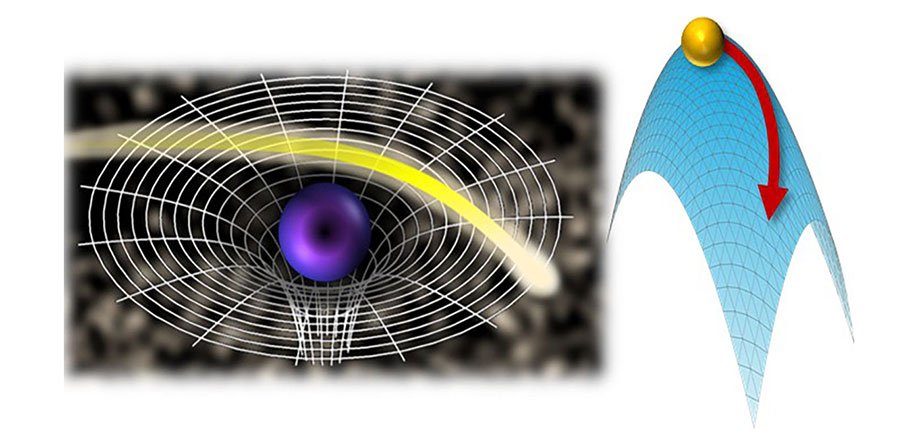To improve earlier diagnosis and referral of people with lung cancer, Cancer Australia has today, at the beginning of Lung Cancer Awareness Month, released a new, dynamic diagnostic digital tool, Investigating symptoms of lung cancer: a guide for all health professionals.
“This digital tool is an exciting development to support health professionals working in primary care, who are essential to the early detection of lung cancer, the leading cause of cancer death in Australia,” said Professor Dorothy Keefe, CEO Cancer Australia.
The digital tool supports health professionals with the appropriate investigation of symptoms and signs of lung cancer, and timely referral of patients into the multidisciplinary diagnostic pathway.
“Lung cancer symptoms are often vague and non-specific, which can make both patient awareness and diagnosis of lung cancer in primary care challenging,”
“Research shows that in the three months leading to diagnosis, patients will often see a GP four or more times before a diagnosis of lung cancer is made,” continued Professor Keefe.
The interactive digital tool takes the user step-by-step through the risk factors, and symptoms and signs of lung cancer. It asks whether and what diagnostic imaging has been completed, then provides a recommendation for next steps of action, based on the recommendations in the Guide.
This recommended systematic approach assists health professionals to identify the most appropriate course of action to help ensure patients are appropriately investigated and rapidly referred into the diagnostic pathway. The tool aims to reduce delay in the diagnosis of lung cancer.
This year, the Australian Government is investing $6.9 million for the early scoping of a potential national lung cancer screening program to increase early diagnosis and survivorship and improve lung cancer outcomes.
Cancer Australia, in partnership with the Australian Government Department of Health, is leading a collaborative engagement of key stakeholders in the early design of a potential national lung cancer screening program comprising 2-yearly low-dose computed tomography (LDCT) scans for high-risk individuals. Information on the progress of this work can be found here.





